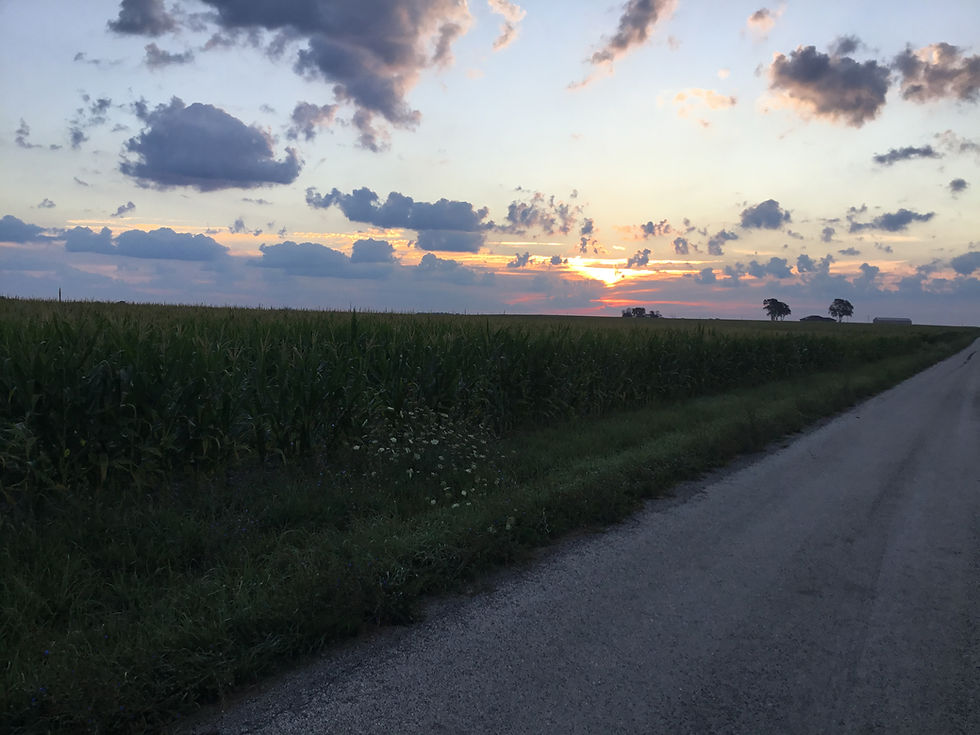Top 5 tech tools farm managers want farmers to use
- michaellauher
- Dec 13, 2021
- 3 min read
Updated: Jun 16, 2022
Reprinted with permission from an article I wrote for Prairie Farmer in November 2021.
Technology has changed since I started in farm management nearly 30 years ago. Back then, keyboarding was called typing. High schools taught shorthand for young women who aspired to be “secretaries,” and home economics for those who didn’t. I cut my technological teeth learning how to program BASIC on a TRS-80 computer with 16K of RAM. No floppy disks to store the program — we used cassette tapes. (Younger readers, that’s what Chris Pratt’s character, Peter Quill, used to listen to music in “Guardians of the Galaxy.”)
My, how times have changed.
All farm managers are different and have different preferences, but generally, we all have a few technological tools that we (and landowners) expect tenants to have when renting a farm. Here is my top five list of technology essentials for working with today’s farm managers and landowners.
1. Internet access. You might think this is a no-brainer, but according to the 2017 Ag Census, only 77% of farms in Illinois had Internet access. That means nearly 1 in 4 farmers in Illinois weren’t online just four years ago. Perhaps that number will improve with the 2022 census, but if you live in the country, you know how challenging it can be. Technology magazine CNET recently ranked the best rural internet providers of 2021 as follows:
Rise Broadband: best rural internet service provider overall
Mediacom: best rural cable internet provider
T-Mobile: best rural 5G home internet provider
Kinetic by Windstream: best rural fiber internet provider
Viasat: best satellite provider
HughesNet: best rural internet speed reliability
CenturyLink: best rural DSL internet provider
As more pandemic-prompted urban dwellers move to enjoy country life and work remotely, I hope the increased customer base also increases competition and results in better service from rural internet companies.
2. Email. Again, you may think this is a no-brainer, but believe it or not, there are still some farmers who don’t have an email account. Email is an integral part of communicating for business these days, and I would think twice about renting a farm to a farmer who doesn’t use email. If you’re looking to grow your operation, an email account is the first step.
3. E-signature capability. The days of printing out leases and sending them through the mail to be signed are disappearing. The pandemic forced many managers out of the office and away from their printers. Printing contracts on paper became more difficult, and to compensate, many have moved to E-signature technology. E-signature technology makes it easy to sign contracts without having to leave your computer desk, or even tractor seat, if you have a smartphone. Farmers today need to be proficient enough to sign electronically, either through the computer or their smartphone.
4. Scanning technology. Sometimes two people in two places need to be looking at the same piece of “paper” to communicate effectively. Sharing a document or map with a manager or landowner by scanning it is much more professional than if you take a picture of it. And it gets there sooner than using the post office. Gone are the days of scanners the size of a suitcase. Now, smartphone camera resolution is so good that a good scanner app is all you need. I use CamScanner but other good ones include Adobe Scan, Abbyy FineReader PDF and Genius Scan.
5. Farm management software. As farm managers handle more cash rent or flex rent leases, farm or operations management software is something we use less directly. Different software programs have their own pros and cons. From a farm manager perspective, farmer-provided information from farm management software is a tool to help us communicate more effectively with the landowner about what is going on with their farm. That’s especially helpful if there is an area of the farm that needs tile or dirt work. Being able to put a value on the crop that was lost can be extremely helpful. But in the end, it doesn’t matter as much what you have, as it does that you have it and are willing to share the information.





Commentaires